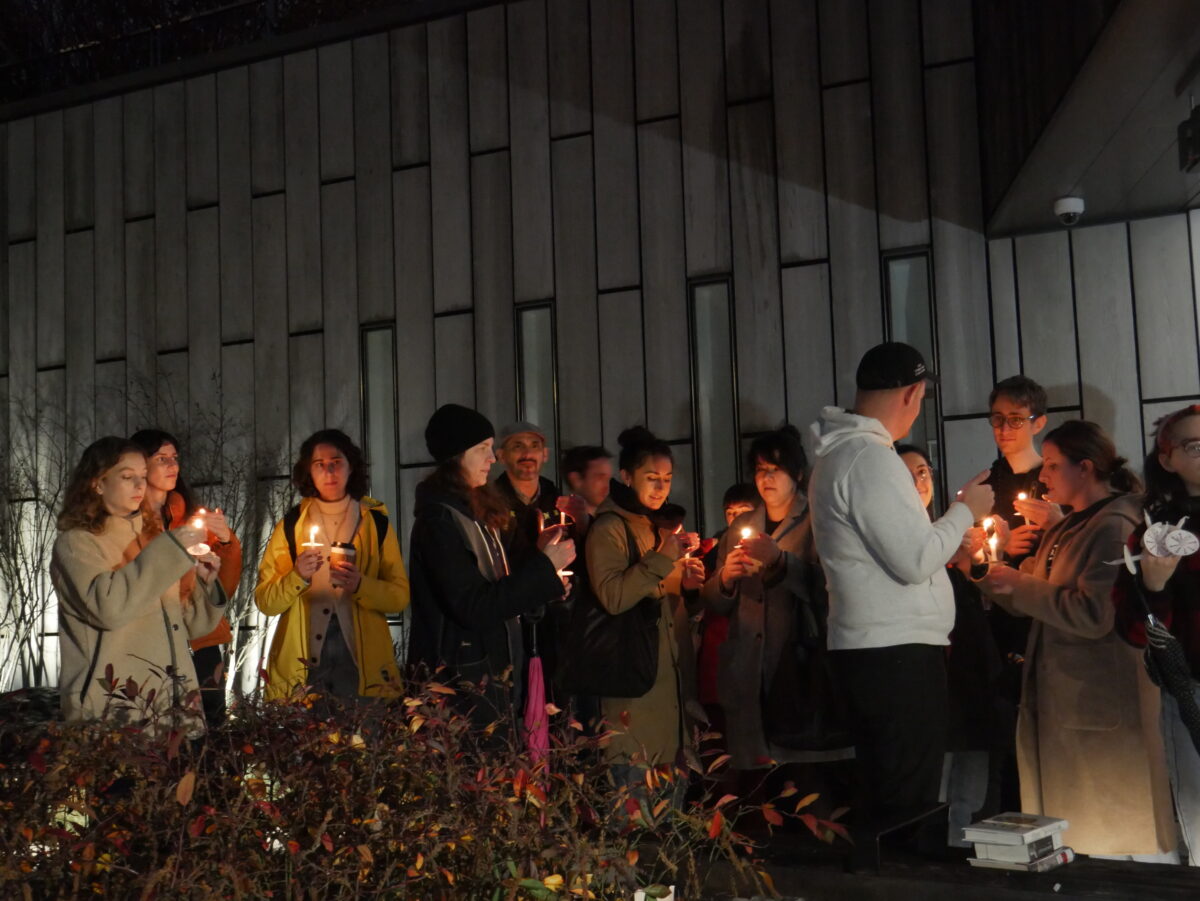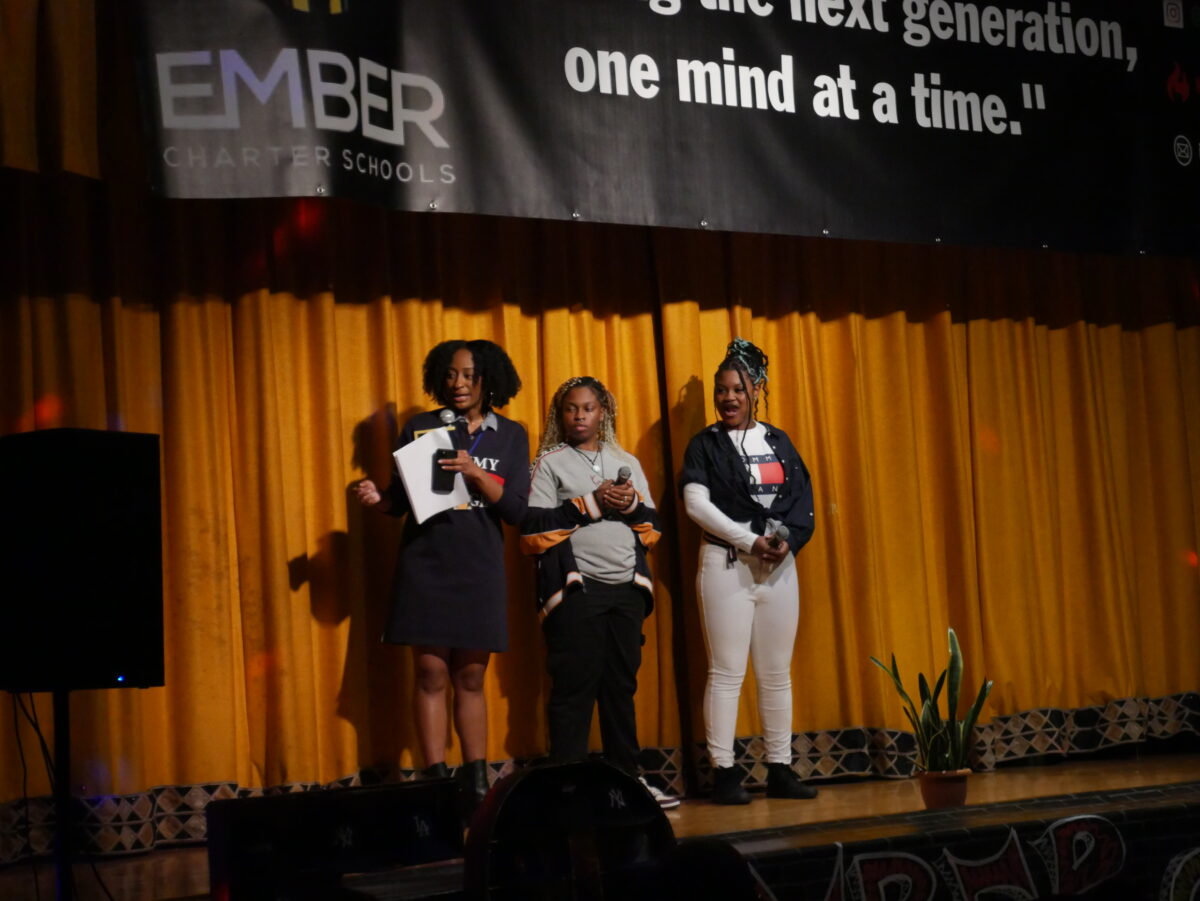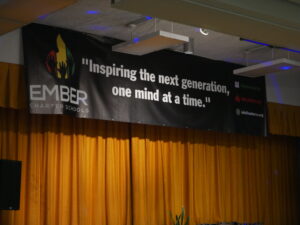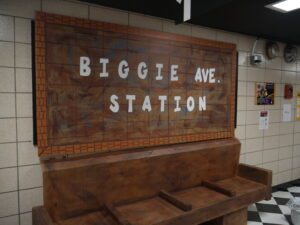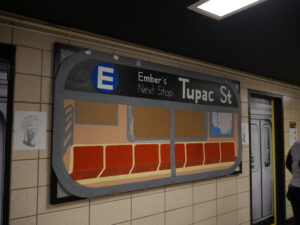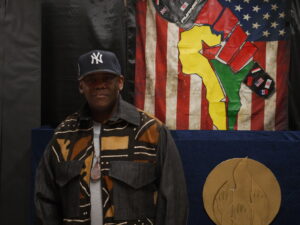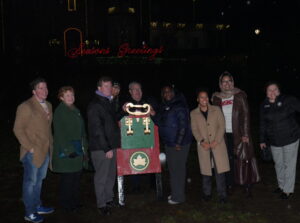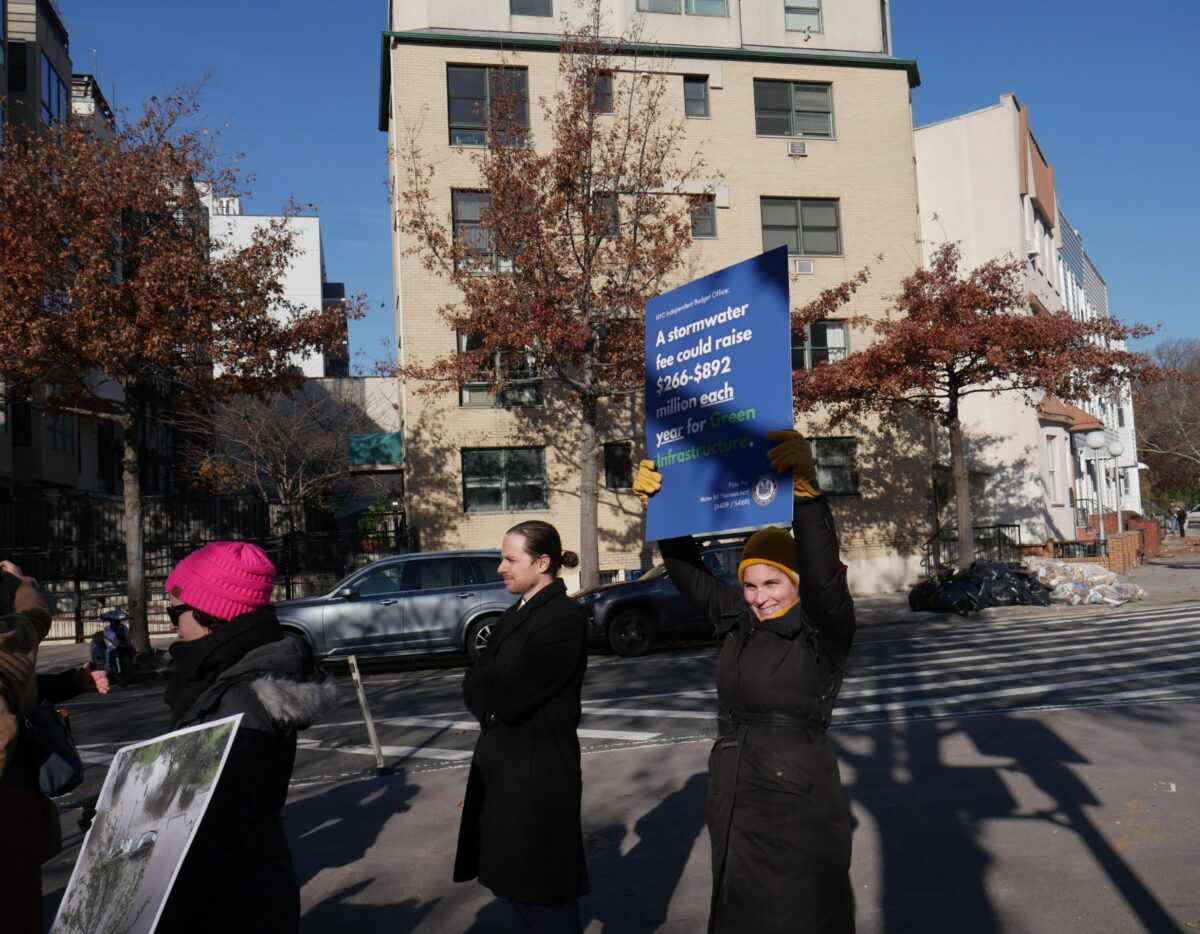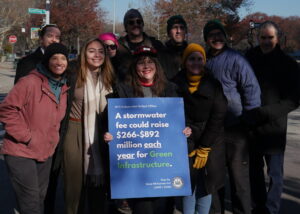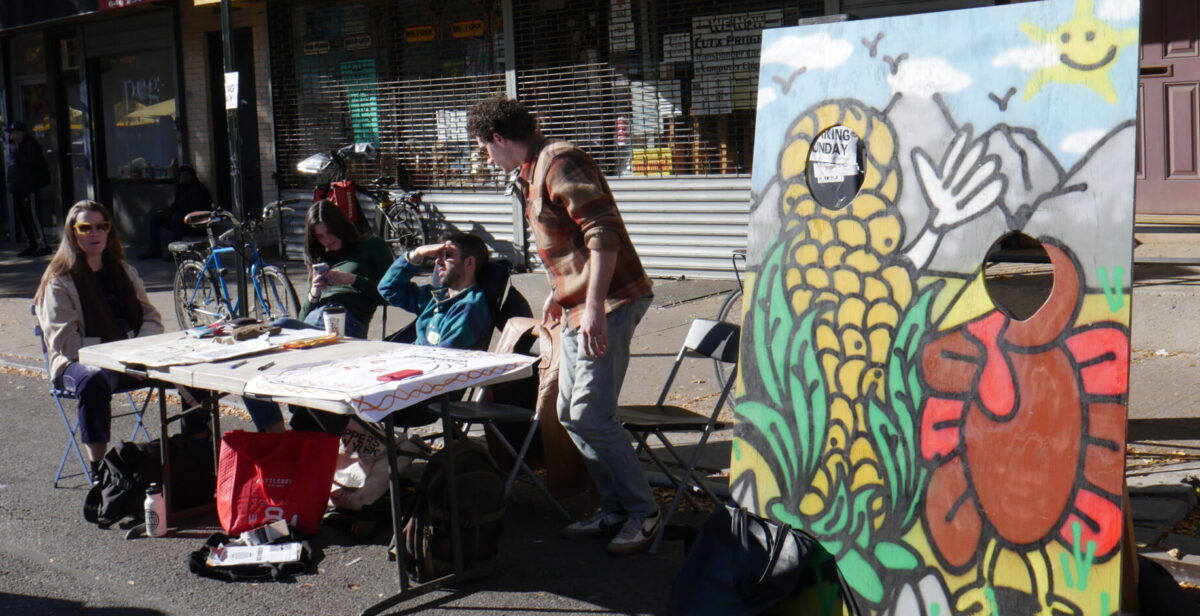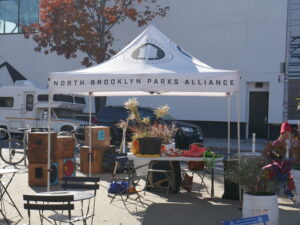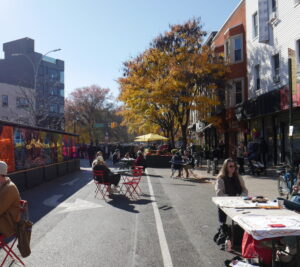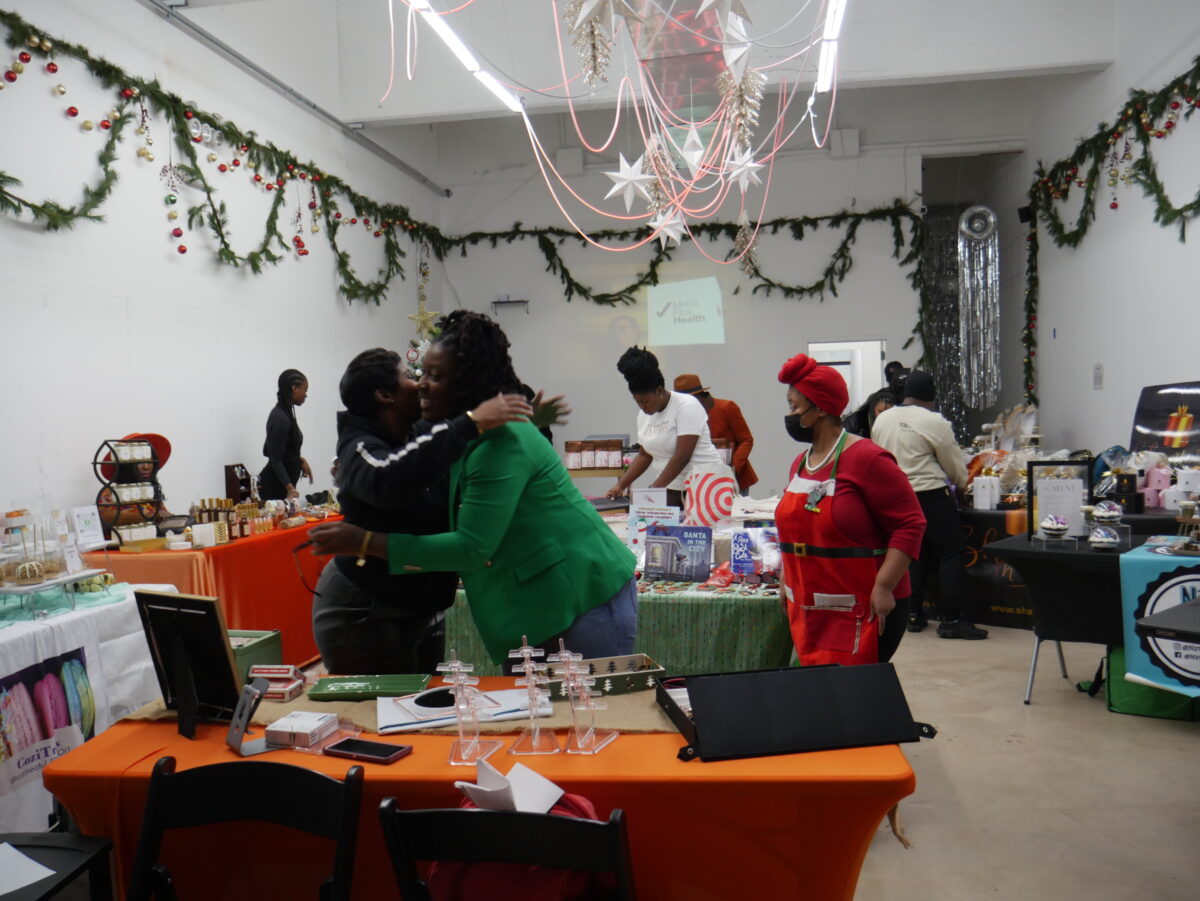Death of a Sunday: Greenpoint Library Holds Candlelight Vigil
By Oona Milliken | omilliken@queensledger.com
Book lovers gathered to mourn the death of Sunday services at the Brooklyn Public Library at a candlelight vigil in front of the Greenpoint public library on Sunday Oct. 17.
After Mayor Adams five percent budget cut announcement, libraries announced their closures on Nov. 26. to cut back costs. After this Sunday, the Brooklyn branch, the last New York library branch to do so, is following suit. Sophia Cohen, a local resident, said that the community would feel the loss of Sunday service.
“It’s horrible. I think this is such a vital service to the community and to lose a day where people can come and read and work, it’s a huge loss for the community,” Cohen said.
With candles ablaze, politicians, community members, library go-ers and activists gathered to speak out against the budget cuts. With less than one percent of the city’s budget allocated for public libraries, the collective budget is down to $12.6 million from $36.2 million the previous year. State Senator Emily Gallagher said that Adams’ cuts were a reflection of his warped views on public safety.
“A budget is a statement of our values,” Gallagher said. “Mayor Adams professes that public safety is at the core of what he’s about. We know at the core of public safety are places like a library, where people can go and be safe.”
Lauren Comito, one of the organizers of the event and the board chair of Urban Librarians Unite, said libraries are a haven for community members. By slashing Sunday services, Comito said that the city was taking away time that neighbors could be together in a protected environment.
“This is a place where people know each other. Those sort of tangential connections you don’t get when you’re working from home or staring at your phone on the subway,” Comito said. “Librarie are about people. Libraries are about human beings and the human stories inside them.”
Lincoln Restler, District 33 city councilmember, said that New York City had a higher revenue than initially anticipated, eradicating the need to trim down on the city’s budget. According to a report by New York City Council, the city’s budget has a $2.6 billion surplus for 2024.
“What is up with Eric Adams and his austerity agenda? The Independent Budget Office said there are billions of dollars in additional revenue this year. The council finance division has said there are billions of dollars in additional revenue this year,” Restler said. “There is no need for the mayor’s cuts. It is wrong. It is shameful.”
Kevin LaCherra, a Greenpoint transportation activist and an organizer of the event, said New Yorkers deserve seven days a week services. LaCherra expressed his frustration with the mayor for cutting essential services.
“We believe that seven day a week service ought to be the absolute bare minimum of what this neighborhood deserves, of what our city deserves. Greenpoint has seen clearly over the course of last year who this mayor is and what his priorities are,” LaCherra said. “At the end of the day, Eric Adams is far more concerned about what he can take from our communities than what he can give to them.”
An employee of the Brooklyn Public Library, who declined to be named in the article, said their office was devastated when they heard that Sunday services would be cut. Despite their feelings in the office, the employee said they were happy with the crowd at the Greenpoint branch that came out to show their support.
“I think it’s terrible. [The library is] a thing that people use no matter your background or if you can afford it, and so I think it’s sad,” the employee said. “I think it’s great that they’re spreading awareness and expressing the gravity of the situation.”
John Cordovez, a union leader for library technical workers at Local 1930, said that the cuts would undermine the trust that patrons of the library have had in the institution for years. Cordovez said it was time for community members to rally in support for restoring Sunday service and increasing funding for libraries across the city.
“The power is in the people, it has always been about the people, and we should continue to do what we need to do to get the word out and continue to fight,” Cordovez said.


